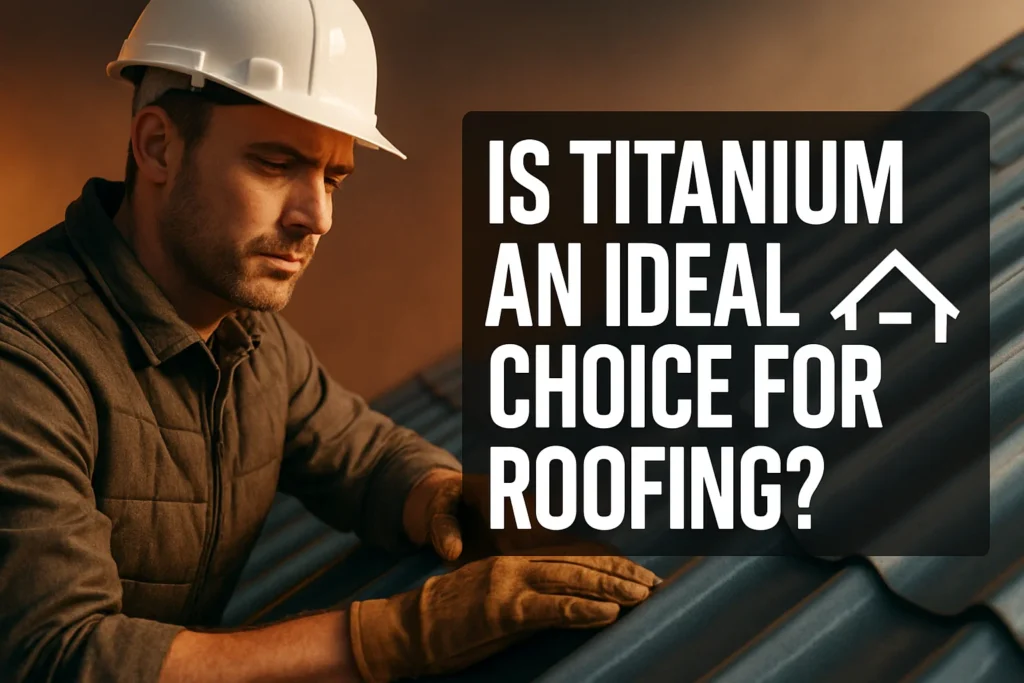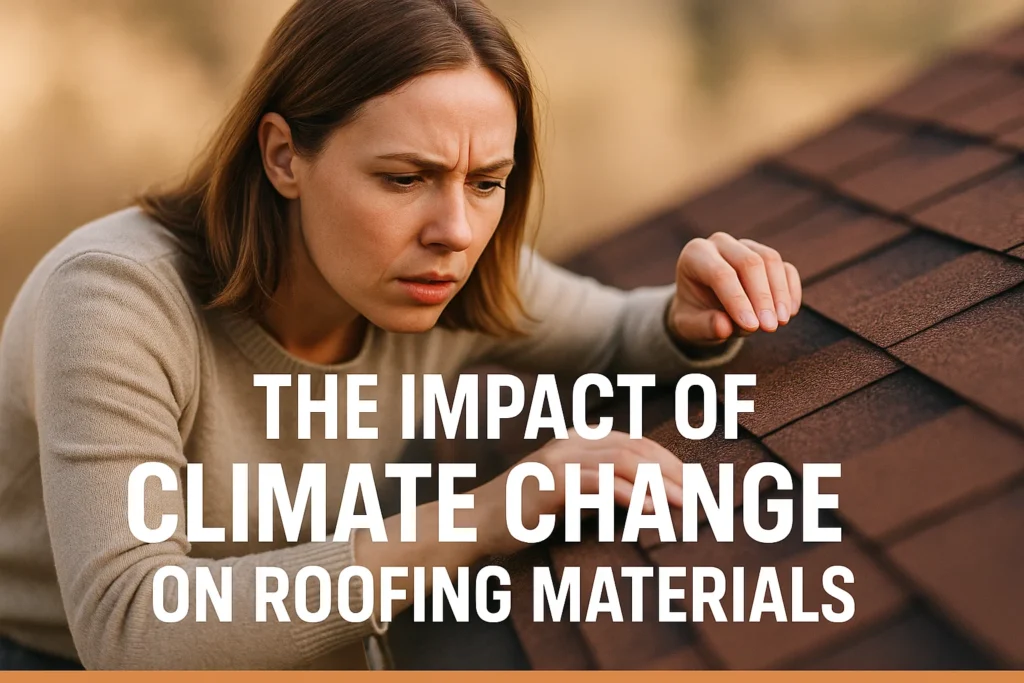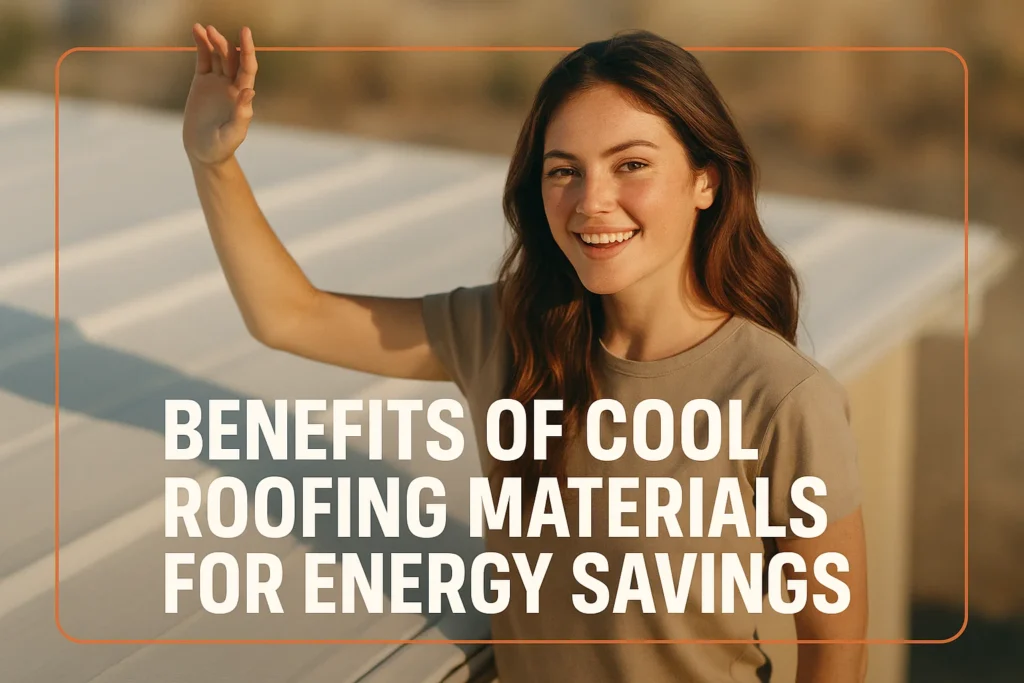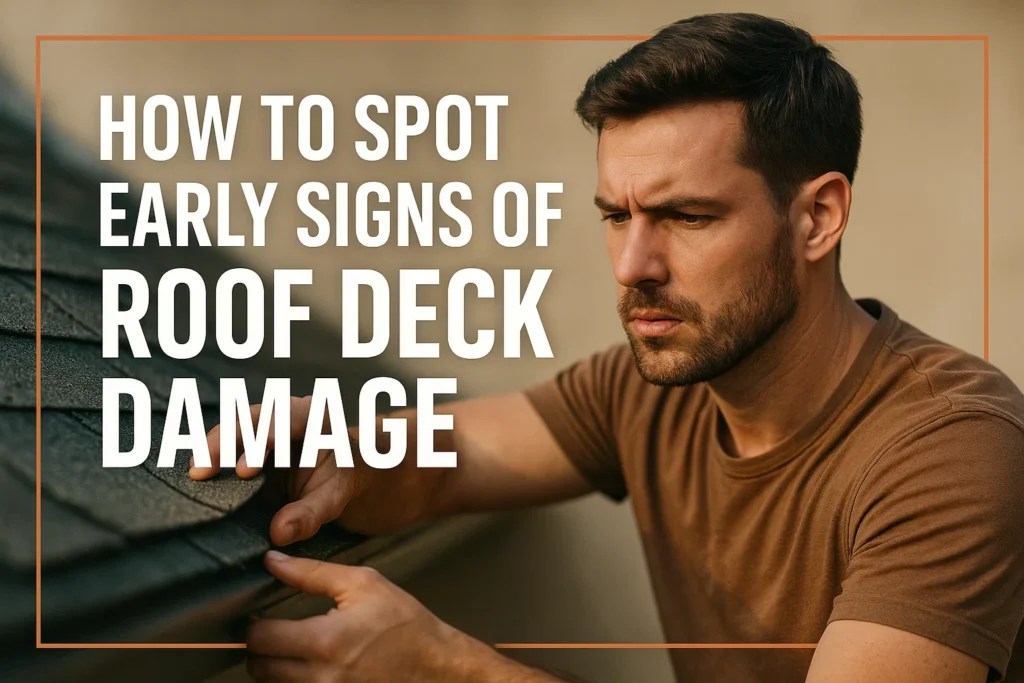Titanium has rapidly emerged as one of the best roofing materials due to its strength, lightness, anti-corrosive and energy efficiency. A titanium roof is capable of withstanding harsh weather and puts less strain on the building structure, and is easier to install. This blog justifies the popularity of titanium roofing in residential and commercial premises, as they are durable and requires minimal maintenance. It discusses the key benefits, practical applications, and why titanium is a high-end option in the present.
What is Titanium Roofing?
Titanium roofing is composed of titanium metal or alloys with a great strength-to-weight ratio. The metal automatically forms a layer of oxides that shields it against rust and corrosion, making it very durable even in coastal or industrial environments. It has the flexibility of allowing designers to come up with a large variety of architectural designs without compromising on integrity.
Types of Roofing Underlayment
Underlayment is an important second layer that is used under the roof, primarily giving it a protective layer against the elements and moisture. Titanium systems frequently are based on dedicated synthetic underlayment mixtures that are resistant to moisture, UV, and temperature extremes. The main types include:
1. Titanium UDL30 Synthetic Roofing Underlayment
UDL30 is a coated woven membrane that is mounted mechanically and suited to slanting roofs. It provides a great water and vapor shield, remains light and can withstand UV light for up to six months of installation. Its tensile and tear strength are very high, so that it does not get out of shape when the temperature changes. UDL30 complies with building regulations and is certified when used with metal, shingle, shake, tile and slate roofs.
2. Titanium PSU30 Self‑Adhered Roofing Underlayment
PSU30 attaches to the roof without the use of nails or staples. It accelerates installation and reduces water penetration. Fits metal roofs and can withstand up to 240 degrees Fahrenheit (115 degrees Celsius) and it has a slip-resistant surface to ensure safety on sloping roofs. PSU30 is also resistant to mold and water and vapour protectors.
3. Titanium UDL50 Synthetic Roofing Underlayment
UDL50 is designed to work with sharp slopes and heavy building supplies such as tile or slate. It offers a higher tear and mold resistance and wind-lift. It becomes safer to install with a nodular walking surface, and it is long-lasting in UV stability. It has a limited lifetime warranty and it withstands weather-induced wear.
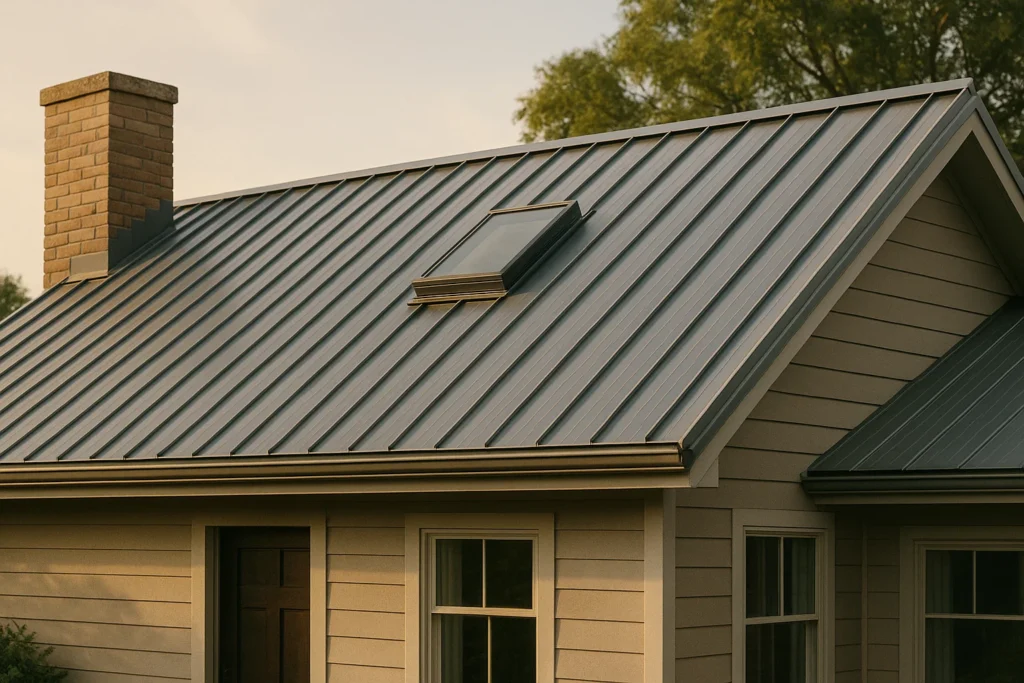
4. Fire-resistant titanium underlayments (Titanium FR)
Titanium underlayments with Class A fire-resistance ratings are offered where additional fire protection is required in the project. These membranes comply with the rigorous fire codes and are still waterproof.
Titanium Roofing vs. Other Metal Roofs
The following table shows the way titanium is a premium material. It is more expensive to install but yields long-term savings in terms of longevity, low maintenance and structural loading.
| Metal | Weight (lbs/sq.ft.) | Lifespan | Maintenance |
| Titanium | ~2.7 | 50+ years | Minimal |
| Aluminum | ~2.9 | 40-50 years | Low |
| Zinc | ~3.4 | 60-100 years | Moderate |
| Copper | ~3.3 | 80-100+ years | Low |
| Steel (coated) | ~5.2 | 40-60 years | Moderate to High |
Titanium Underlayment for Metal Roofs
Titanium synthetic underlayment contains a waterproof layer, particularly appropriate in the area of the metal roof. Its tensile strength and UV stability reduce the chance of moisture damage and increase longevity and energy efficiency.
Steps for Installing Titanium Roofing
1. Prepare the Roof Deck
Clean, dry, and smooth the deck. Remove old roofing, debris, nails, and any protruding items. Stick plaster to cover the broken areas to form a strong base.
2. Install Drip Edges
Install metal drip edges on the eaves and rakes to deflect the water off the deck.
3. Measure and Cut Titanium Panels
Measure the roof area accurately. Cut panels or shingles with proper metal‑cutting tools.
4. Lay Titanium Underlayment
Roll out synthetic underlayment (e.g., UDL30 or PSU30) over the deck. Start at the bottom and place it horizontally with the edges of the material overlapping a few inches to prevent water seepage.
5. Secure Underlayment
Cut out the support of the self-sticking strips when you lay them down. Nails or screws on the edges when necessary, particularly on steep roofs.
6. Install Panels from Bottom Up
Fix panels on the roof and on the ridge. Clips or screws should be used, which can expand in response to the heat.
7. Seal Seams and Overlaps
Ensure seam overlay is correct and use sealant where required in order to form a water-resistant cover.
8. Install Ridge Caps and Flashing
Complete with ridge caps on the peaks and flashing chimneys, vents or skylights to prevent leaks.
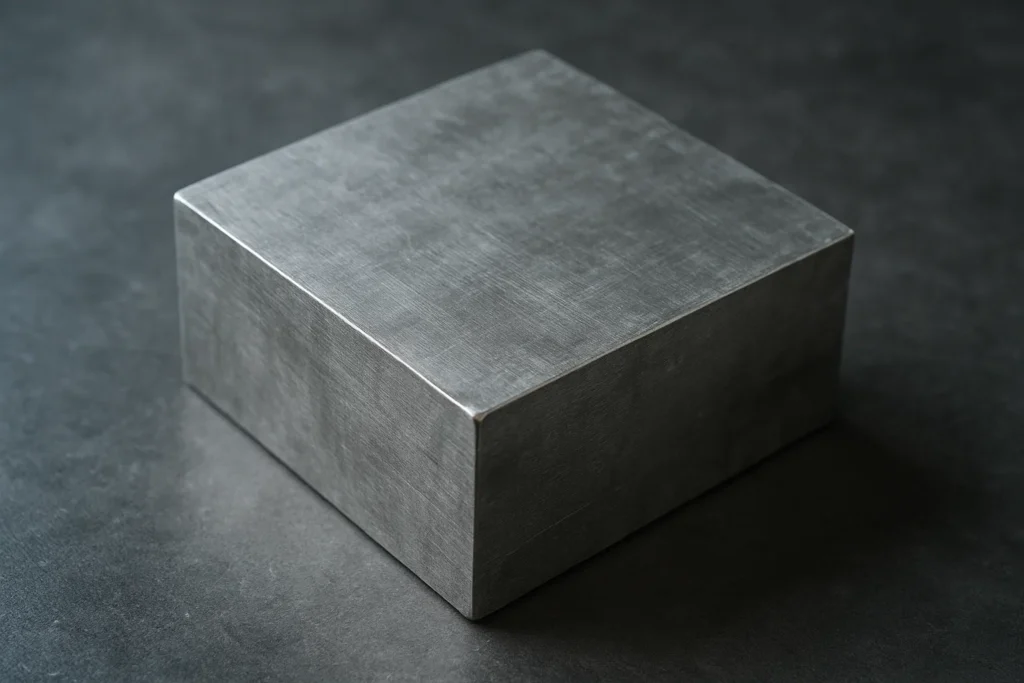
9. Check and Clean Up
Check the roof with regard to sound panels and closed seams. Wipe off the working table.
Safety Note: These steps are very important and can make your titanium roof sturdy, durable and attractive. Harnesses and ladders should be used to ensure that one works on roofs with proper safety.
Cost Considerations for Titanium Roofing
The increased initial cost of titanium is compensated by durability and low maintenance and long life. Its low life-cycle costs render it particularly appealing to the high-performance or coastal projects.
| Roofing Material | Average Cost per Sq. Ft. | Typical Lifespan |
| Titanium Roof | $20 – $35 | 50+ years |
| Copper Roof | $20 – $40 | 80 – 100+ years |
| Zinc Roof | $15 – $30 | 60 – 100 years |
| Aluminum Roof | $7 – $17 | 40 – 50 years |
| Steel Roof | $4 – $21 | 40 – 60 years |
| Asphalt Roof | $3 – $8 | 15 – 30 years |
Titanium Metal Colors and Finishes
Titanium roofing has been touted because it is strong and resistant to corrosion, as well as versatile in design. Titanium is available with superior performance and aesthetics, whether left natural, anodized, or coated.
Natural Metallic Finish
The plain metallic look of silver or gray appears contemporary and clean. This is the luster that titanium holds with time without discolouring.
Anodized Colors
Adding a quality oxide layer through the process of anodizing gives rise to vibrant and long-lasting colors -bronze, gold, blue and purple. It improves corrosion resistance as well.
Coated Finishes
Titanium nitride (PVD) coating is used to provide texture, color, and additional durability. Finishes can be matte or glossy to enable architects to be able to match various styles.
Textured and Matte Finishes
Matte or rolled-dull finishes lessen glare and make a roof more comfortable during sunshine. Some textures mimic natural surfaces or metallic sheens.
Architectural Versatility
These selections enable titanium to accommodate modern, conventional, or country-style designs and are a flexible, high-quality roofing product.
Conclusion
Modern and high-end Titanium roof is a hardy, durable solution that incorporates lifetime, reduced maintenance, flexibility in appearance and environmental advantages. Its lightweight and corrosion-resistant quality is well adapted to various weather and styles, making it a good investment in all roofing projects. Now you can decide if it is a good option to choose for your roof or not. For more details, keep in touch with Faver Roofing.
FAQs
Typically, over 50 years, thanks to its corrosion resistance.
Initial expense is more than ordinary materials, but durability and low maintenance reduce the total life-cycle costs.
There is less maintenance since it is naturally corrosion-resistant.
Yes, its reflective surface minimizes the heat absorption and minimizes the cooling expenses.
Yes, color and coatings may be finished or textured to suit design requirements.


